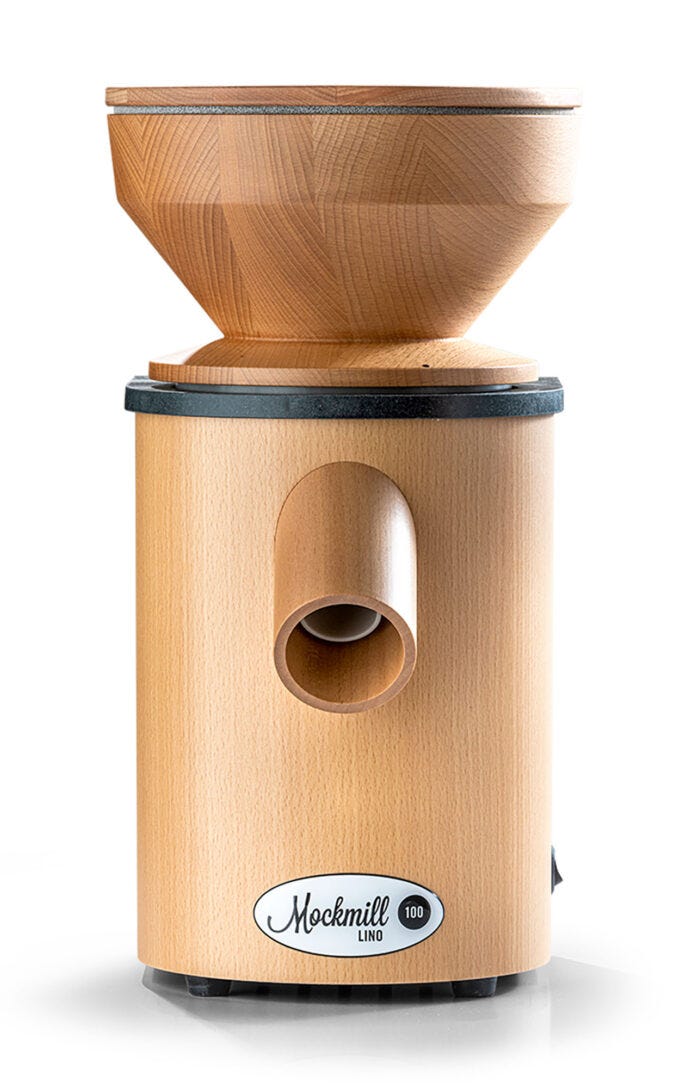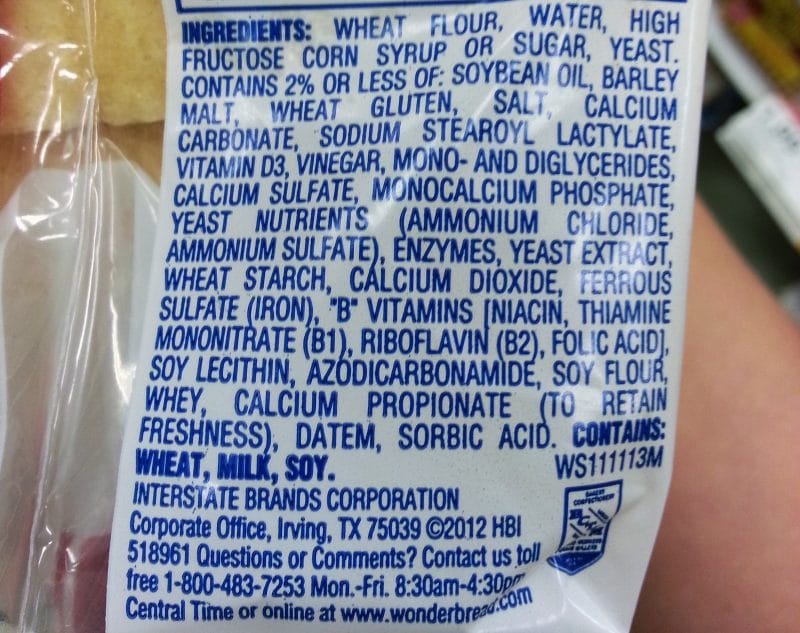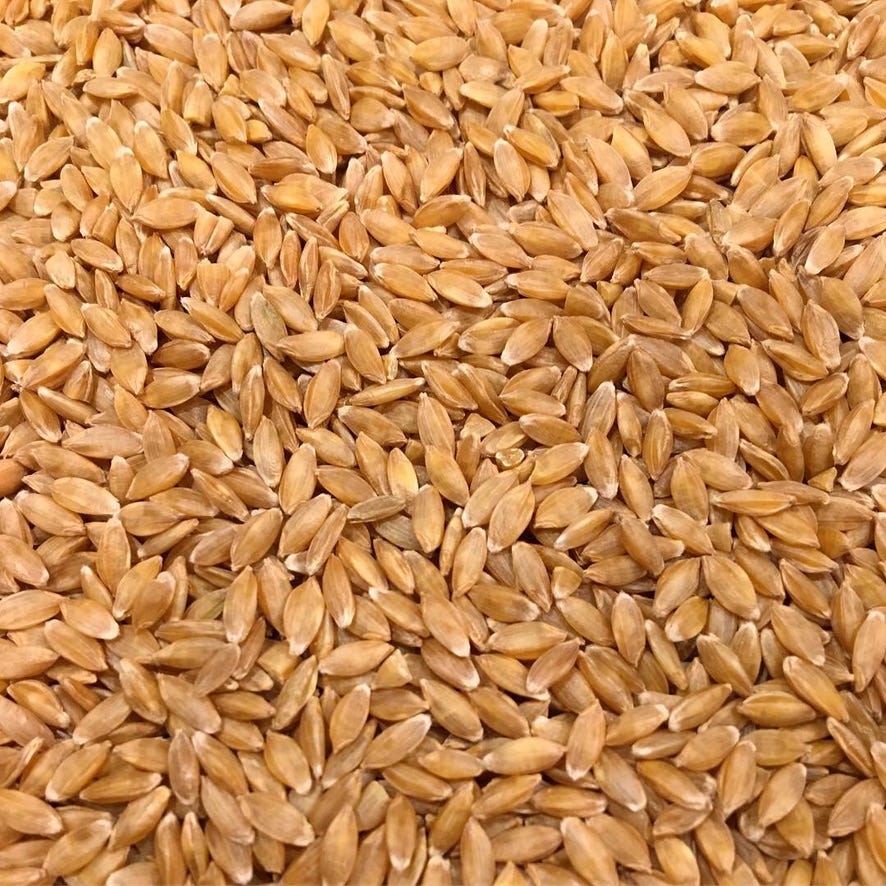Most bread out there is fake.
It’s either soybean oil and pesticide filled wonder bread, or an anti-nutrient-rich, gluten-free flax and pumpkin seed monstrosity.
But real, actual, gluten-filled, wheat-based bread is a fine thing to eat, so long as it’s made right.
But what makes bread “real”? Today we will find out.
Modern bread vs. Real bread
More and more people become intolerant to gluten each year, and seek new ways to avoid it in their diets.
Yet most westerners are descended from a long line of people who ate bread while living strong, healthy lives.
In fact, most of what we call civilization has been built on the backs of people who ate bread.
People like Julius Caeser, who considered grain for bread to be so important to the health and success of his army that he would not face any enemies without well-stocked supply lines, mentioning it 86 times in his account of the Gallic Wars alone.
Simply put, bread was instrumental for the Roman army to stand up to their most stalwart enemy of all time, the Germans, in a cold, foreign, “uncivilized” land, hundreds of miles from Italy.
Further, consider the robust people living in the mountains of Switzerland in the 1920s, whose children were known to walk around barefoot even in the cold winters:
The nutrition of the people of the Loetschental Valley, particularly that of the growing boys and girls, consists largely of a slice of whole rye bread and a piece of the summer-made cheese, which are eaten with fresh milk of goats or cows.
— Weston Price, Nutrition and Physical Degeneration, Ch. 3
“Give us this day our daily bread.” Le pain quotidien. Bread is everywhere in history, and it’s also delicious.
So why does everyone in modern life fear bread, and why is gluten sensitivity increasing?
The issue is not because of bread itself, but because the bread that you are familiar with is not the same bread Caeser fed his legions.
Modern bread, like seed oils, is an invention of the industrial revolution.
The six rules of bread-making
Bread is simple. Or at least, it used to be.
Because of industrial technology, perverted methods of breadmaking exist today that would have been unheard of just a few hundred years ago.
There are six things that you need to get right when making bread.
Finding bread with all six is shockingly uncommon, but if you can find it, you have little to fear.
This article will not teach you how to make bread, simply what to look for. If you decide to make it yourself, there are much better resources available that I will link to at the end.
1. Ingredients
Bread has three ingredients:
Flour
Water
Salt
Anyone who tells you otherwise is lying, marketing, or both.
You will find plenty of examples of "bread" at the supermarket with ingredient lists longer than this article, which include toxic oils, sweeteners, preservatives, and other chemicals.
These chemicals are not only actively bad for you, they aren’t even necessary.
In fact, the best bakers in the world still only use three ingredients. Don't let anyone convince you that bread needs more— take the bread, and leave the artificial additives.
There's a small exception to be made when such extra ingredients are a minor part of a traditional recipe, such as caraway seeds, honey, or fruit, etc.
However, the main point is this: bread has three ingredients, and for anything else that's added, you should be asking "why?"
Most of the time, it won't be a good answer.
2. Sourdough
Doesn’t bread need a fourth ingredient—yeast— to rise?
Yes it does. This is called "leavening", and it's fundamental to the idea of bread. But is yeast an ingredient?
Not really. To make sourdough bread, you combine the dough with sourdough starter, a mixture of flour and water which has been colonized by bacteria and yeast from the air.
So while microbes are a part of breadmaking, you don’t have to actively add them— nature takes care of it for you.
Sourdough has many advantages over conventional chemistry-lab yeast:
Spikes your blood sugar less than yeast-leavened bread (important for weight loss and insulin resistance)
Results in a longer shelf life
Increased mineral bioavailability (specifically copper, zinc, magnesium, and iron) compared to yeast-leavened bread (likely due to the elimination of phytic acid, a nutrient inhibitor)
Reduces the gluten content of bread (to such a low concentration that one study found it to be safe for young celiac patients)
Thus it’s imperative that you choose sourdough over yeast.
3. White flour vs. whole wheat
Bread is made from flour, and flour comes from wheat.
What is wheat?
Wheat is of course a seed, and as such it has three parts:
Germ: where the baby plant lies dormant until germination. It contains fats, acids, vitamins, and minerals.
Endosperm: energy stores for the baby plant (similar to an egg white). It's primarily starch with a little protein and mostly devoid of nutrition
Bran: the hard outer shell of the seed. This part contains more fat, fiber, protein, vitamins, and minerals.
In order to make flour, entire wheat seeds are simply milled between two grinding stones into a fine powder.
Or, at least that's how whole wheat flour is made.
In contrast, most flour in use today is white flour, or "refined" flour, in which the bran and germ are removed before milling.
Sophisticated machinery is required to produce white flour en masse, which is why it wasn't commonly done until the end of the 19th century.
Why remove the germ and bran though?
There are two reasons, and none of them for health.
Preservation
Wheat itself has a shelf life of many years. The Hebrew Bible even talks about surviving a famine in Egypt by stockpiling grain for seven years.
But once the grain is milled, the flour immediately begins to oxidize, causing it to go bad. And bugs, rats, and other unsavory characters then show up, spoiling the flour.
People had dealt with this problem for millennia by just milling flour shortly before baking, but in the emerging industrial world of trains, urbanized cities, and economies of scale, it was not cost effective nor efficient to distribute fresh flour.
Thus, by producing white flour, they were able to increase its shelf life indefinitely, making it much more convenient.
Social Status
White flour is used to make white bread, and for many people, white bread is better.
Since it is hard to do by hand, before industrial technology it was more expensive, so people could display their wealth by using white flour instead.
Problems
What are the problems with white flour then?
Little to no nutritive value. With the bran and germ removed, all the vitamins are gone and the only thing left is starch and some protein (namely, gluten). One study shows that rats fed a white flour diet had lower mineral intakes and grew to be significantly smaller than those fed whole wheat.
No fiber and therefore higher glycemic load. Starch is processed more quickly without fiber, spiking your blood sugar and insulin higher than if the bread were made with whole wheat.
Added chemicals. White flour is often"enriched" with synthetic versions of the nutrients that were taken out.
Remember, that the primary reason white flour became popular was because other critters wouldn't get into it and cause it to spoil. But if rats and fruit flies don’t want to eat white flour, why would you?
Fortunately, we now have refrigeration, so buying whole wheat flour in the store and refrigerating it at home is a viable option today.
But that’s still not the ideal solution…
4. Freshly Milled
Most people who’ve eaten whole wheat bread thinks it tastes like cardboard.
And it does. Because even if you buy whole wheat flour from the store and refrigerate it, by the time you end up baking with it, the flour has already oxidized.
This gives it a bad taste and texture, so many people rightly criticize whole wheat bread.
But of course, that’s not because whole wheat flour necessarily tastes bad. It’s just that old whole wheat flour tastes bad.
So how can we avoid this problem?
While people used to mill flour every week in large mills, thanks to electricity, what used to require a river and giant stones can now be done on your kitchen countertop for a few hundred bucks.

It's easy to buy electric grain mills, whether for home or more professional use in bakeries. They still use stones, albeit small ones, and they're powered by an electric motor.
Whole wheat bread made with freshly milled flour has none of the unpleasant characteristics that whole wheat has become associated with.
It’s moist, sturdy, delicious, and most importantly, the nutrients are preserved to the greatest extent possible.
Because of this advance in technology, the old excuse of convenience no longer applies. In-home milling is quite economical, and there are a few bakeries that mill their own flour as well.
If you find such a bakery, then you’re quite fortunate. Otherwise, there is no real substitute for freshly milled flour.
5. Organic
It's always a good idea to look for organically grown food, as it contains fewer pesticides and other harmful chemicals.
However, it's especially important to look for organic wheat products, because the chemicals used on conventional wheat are particularly insidious, and they are used in larger quantities than on most other crops.
And if you are buying whole wheat flour, it’s even more important since more of the pesticides show up in the finished product.
56% of planted acres used insecticides. And more than 46% of planted acres used herbicides.
This is arguably one of the main reasons for the increase in gluten intolerance: people aren’t allergic to wheat itself, but the pesticides eaten along with their bread cause serious gut health problems, and the wheat is blamed.
Many gluten-sensitive Americans describe how they can eat the bread in other countries. Because most countries other than the US ban many of these chemicals, their wheat is safer, and people don’t experience the same problems.
But it’s not just the pesticides that make American wheat dangerous…
6. Ancient Grains
When you say "wheat", do you mean triticum monococcum or triticum spelta? What about triticum aestivum? All of these are different subspecies of wheat.
In the same way there are many varieties of bread, there are also several varieties of wheat itself. And just like bread, given there are different options, some are better than others.
So which strain of wheat is the best?
You may have heard of the term "ancient grains" (or "heirloom grains") before. These terms refer to varieties of wheat that are ancient and pre-modern, respectively.
For example, the varieties of wheat considered "ancient" include einkorn (the original wheat), spelt, rye, emmer, and kamut.
Heirloom strains are more recent, but still existed before the industrial revolution. These include red fife and turkey red.
Modern varieties of wheat have been selectively bred to have a higher gluten content. Older ones are more natural, and insofar as we have evolved to develop a reasonable tolerance to wheat over the last 12,000 years, we should stick with the oldest strains.
Summary
Is bread a perfect food?
Probably not. But is it dangerous, or harmful to your health?
Not necessarily, as long as the bread you eat is made the right way.
Civilization was built on bread, and while it may not be perfect, it can’t be all that bad.
Of course, bread should not be the bulk of your calories. And you need to determine how well you as an individual tolerate it.
But don’t write off bread until you’ve had the real thing, which, to summarize, means:
I quit my job to help make the world a healthier place. Please consider becoming a paid subscriber of Tan Land to support my work and to gain access to my full archive of articles designed to help you live a healthier, more enjoyable life.
Keep reading with a 7-day free trial
Subscribe to Tan Land: Natural Health and Beauty to keep reading this post and get 7 days of free access to the full post archives.








